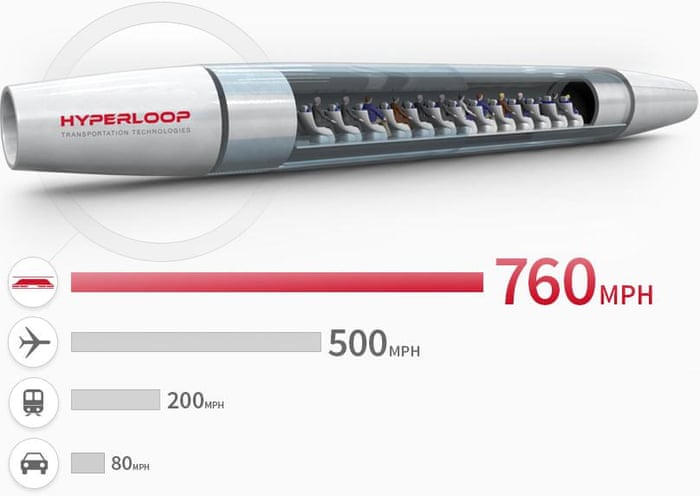When it comes to 3D printing, the sky is the limit. As 3D printing technology continues to advance, applications can be as far reaching as airplane and automobile parts to medical devices and even anatomically correct, biocompatible models. Although 3D printing technology is developing at a rapid pace, the technology itself is not new. It emerged in the 1980s as a means of creating rapid prototypes. In recent years the applications for 3D printed models have evolved with the available hardware, software, and printable materials. Evolving technology, paired with the creative and innovative minds of scientists, engineers, and physicians, has been the launching pad for developments within 3D printing technology specific to healthcare. One way 3D printing technology is poised to create better patient outcomes is in creating an anatomically and patient-specific models to aid in surgery and medical procedures. With the capability to 3D ...
Unless you have been living under a rock the past few days, chances are you have read about the proposed hyperloop route that can potentially transport people from Bangalore to Chennai in 30 minutes. While it sounds like far-fetched fantasy, there is actual verifiable science backing up the feasibility of a hyperloop system wherein pods (or capsules) elevated off the ground, carry passengers inside low-pressure tubes and travel at speeds reaching up to 1,200 km per hour.
But the real question is — will it be a reality in India anytime soon? Here are a few things you need to know about our chances of jetting across Indian cities inside futuristic pods.
Currently, there are two companies that are working towards making hyperloop a reality. The first one being Hyperloop Transportation Technologies, which has already sent a letter of intent to the Indian government to discuss possible routes in India. The other is Hyperloop One.
While they haven’t made as much headway in the region, they have announced that they are looking at building these systems across the world with one of the regions being India.
India won’t be the first country to get hyperloop:
Hyperloop One has already struck a deal with Dubai to work on evaluating what it takes to construct a hyperloop system in the region. If it comes to pass, then the first hyperloop could be built in as early as five years and it would transport passengers from Dubai to Abu Dhabi in 12 minutes.
Elon Musk is not involved:
The CEO of SpaceX has been synonymous with hyperloop because he was the one who broached the idea a few years ago while talking about setting such a system in California. However, he has seemingly been too busy trying to colonise Mars to dedicate time to hyperloop.
It may not be as cheap as the companies claim:
The construction of such a system alone will potentially go into hundreds of crores and maintenance would be incredibly expensive as well. Hence, while the company has noted that travel between Bangalore and Chennai could cost as little as Rs 2,000, that might not be the case in the long run.
Geography might also pose a threat:
Hyperloop systems are built in straight lines and hence constructing them could be extremely difficult given the diverse geographical landscape of India. After all, Chennai is a coastal region but Bangalore is situated in the Deccan plateau.
"It's still a far cry"


Comments
Post a Comment